Shopping for a new laptop can be exciting, but it's also confusing. With countless models and cryptic naming schemes full of letters and numbers, it can be quite overwhelming. Instead of decoding these arbitrary names, here’s what to focus on instead.
Why Laptop Model Names Are So Confusing
When I say laptop model names are confusing, I'm not necessarily referring to the product lineups that you see when you visit a manufacturer's sales page, like Lenovo Yoga and ThinkPad or Dell Latitude and XPS. Those can be quite confusing for non-techies, but at least they carry some meaning that you can recognize and use to narrow down your choice.
For instance, if you want a 2-in-1 laptop with a 360o hinge, you could get a Lenovo Yoga or Thinkpad X1, HP Pavilion x360 or Envy x360, or an ASUS VivoBook Flip, just to name a few.
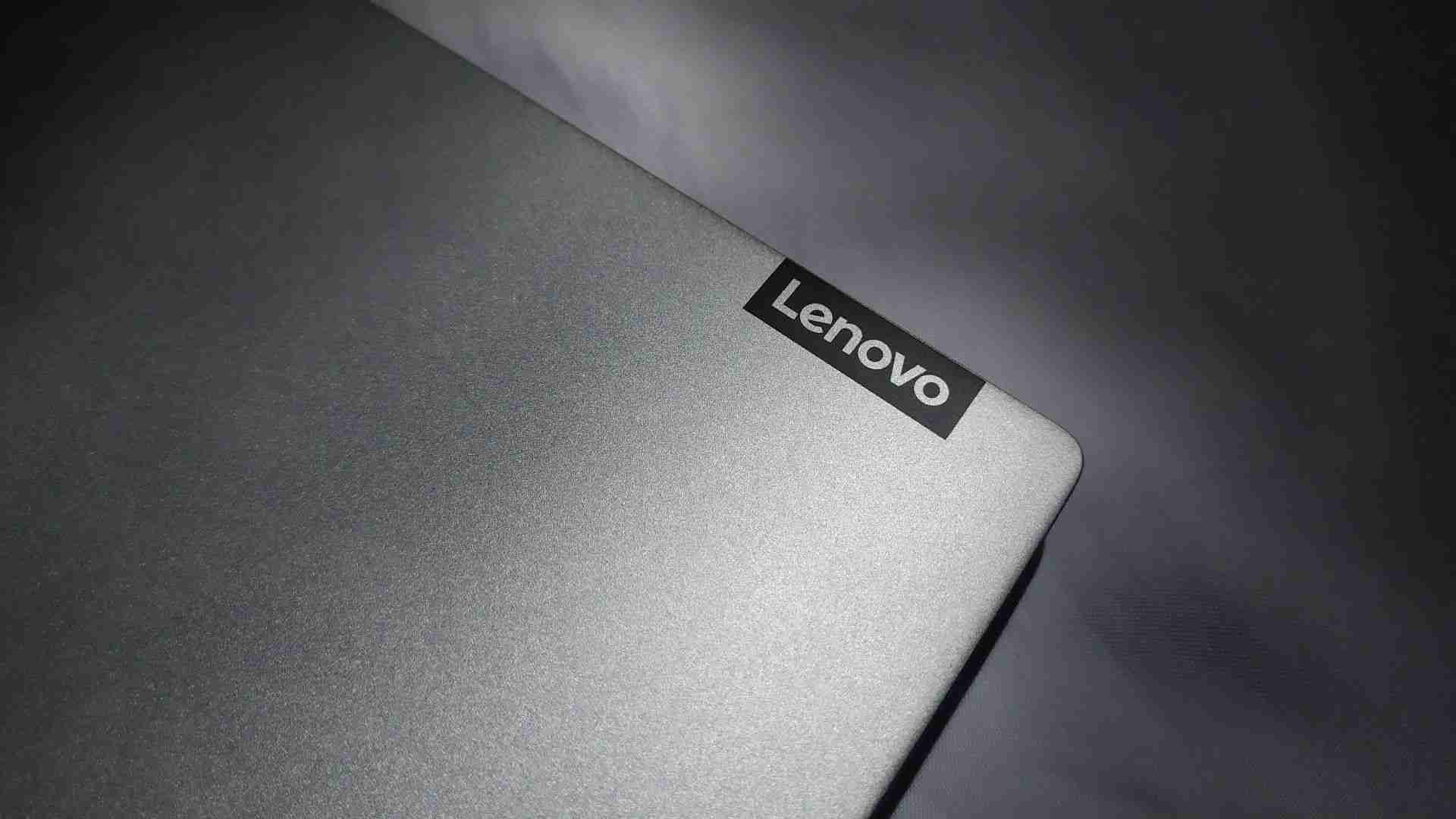 Related
Related What's the Difference Between Lenovo's Many Laptop Models?
With Lenovo's many wonderful laptop options, how do you narrow it down? Here's a brief overview of every single laptop model Lenovo offers!
These laptop lineup names aren't ideal, and manufacturers often break their own naming conventions. Suffixes and labels don’t always mean the same thing, and it only gets more confusing when marketing terms like "Pro," "Carbon," and "Flip" are thrown into the mix.
The real confusion, however, comes from the specific laptop model names that identify distinct sets of specifications. To illustrate my point with an example, there are five different versions of the Lenovo ThinkPad X1 2-in-1 Gen 10 Intel (14") Aura Edition. Each comes with vastly different specifications and price points, so the only real way to tell them apart is by using Lenovo's internal model names that the manufacturer uses to distinguish between them:
- 21NUCTO1WWUS1
- 21NU0033US
- 21NU003LUS
- 21NU003KUS
- 21NU0032US
While they're all 14" laptops that share the same chassis, there are many differences between them under the hood, such as the processor, display, amount of storage and RAM, and even the included Windows version (Home vs. Pro). That's why the cheapest version (21NUCTO1WWUS1) costs $1,680.00, and the most expensive one (21NU0032US) is $2,769.00—nearly twice the price!
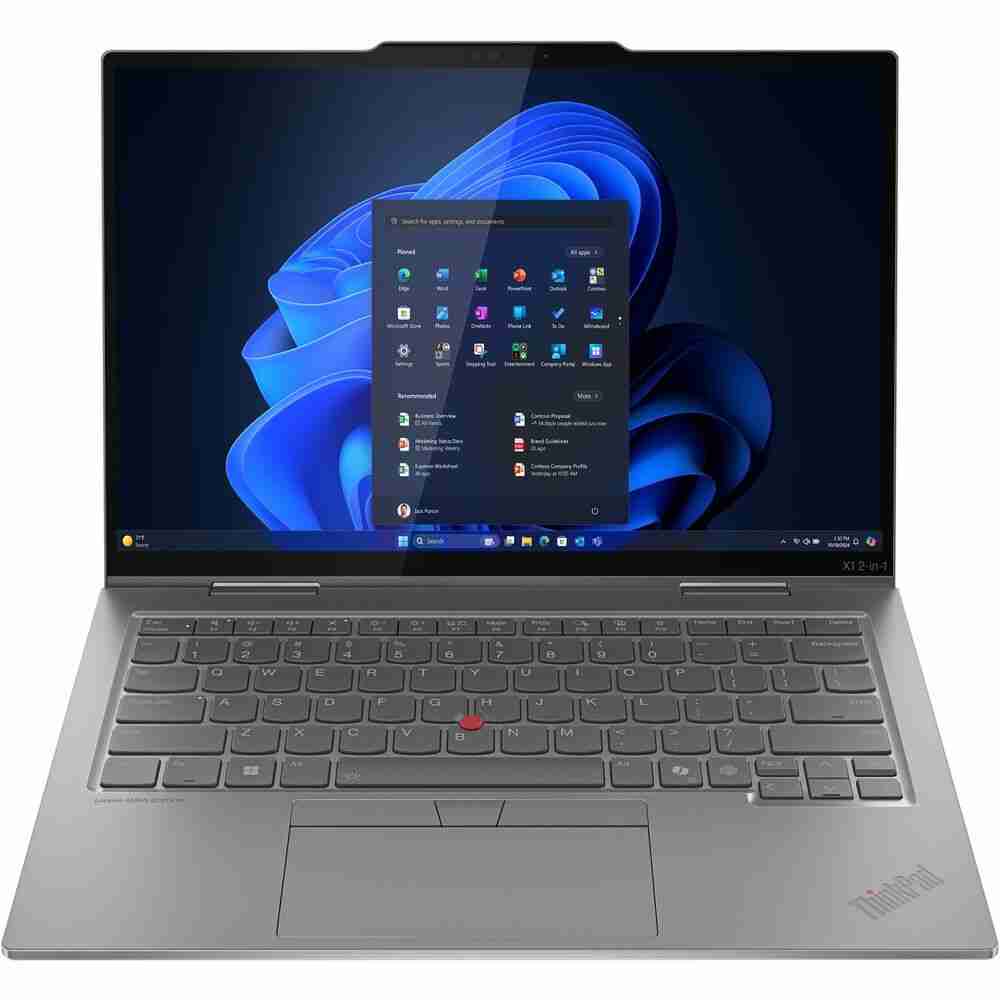
Lenovo ThinkPad X1 2-in-1 Gen 10 14" Aura Edition
- Operating System
- Windows 11
- CPU
- Intel Core? Ultra 7 258V
TheLenovo ThinkPad X1 2-in-1 Gen 10 14" Aura Edition is a well-built, premium laptop suited to those who need a reliable PC.With an Intel Core Ultra 7 258V, 32GB of RAM, and 512GB of storage, it is suitable for a wide range of workloads and some light gaming.The 2-in-1 form factor allows it to work as a conventional laptop or a tablet.
See at LenovoI used Lenovo as an example, but all manufacturers do this. Dell has two XPS 13 laptops (the Intel Core Ultra 9-powered 9350 and Snapdragon X Elite 9345), both of which have another three variations. HP currently has 13 different Envy x360s for sale, while Acer has 7 various Swift Go 14 laptops. The list goes on.
Unfortunately, the model names don’t make it obvious whether you’re looking at the $1,680 or the $2,769 laptop. I seriously doubt even the average Lenovo employee knows these model names and their meanings by heart. That's exactly why I'm writing about this, as I want to help you figure out how to buy a laptop without the confusion that usually comes with it.
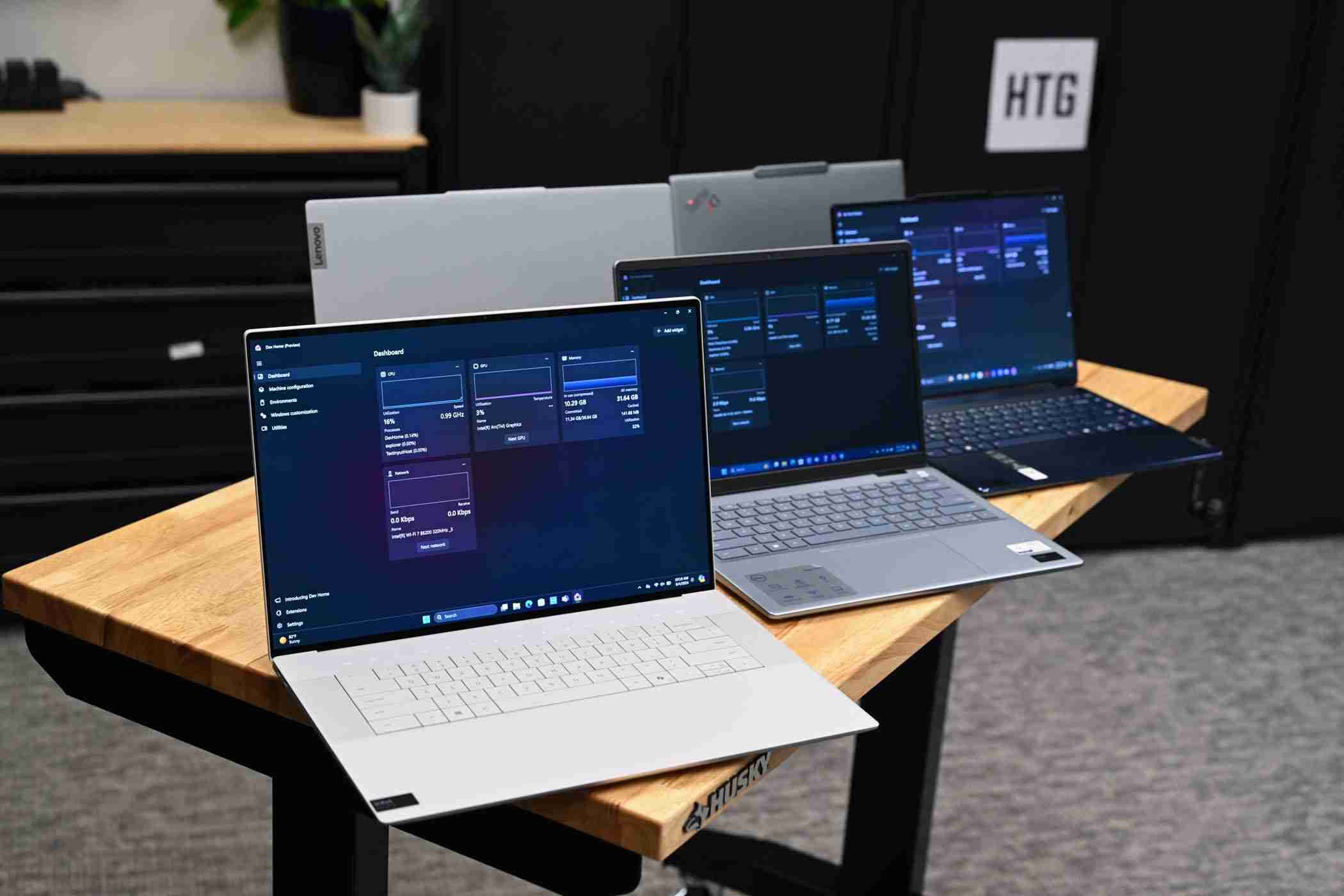
Key Specs to Focus On Instead
I'll talk about features shortly, but let's first go over the core specifications—namely, the CPU, GPU (integrated or discrete), RAM, storage, and display. They're usually the main cost drivers and differentiating factor between different versions of the same laptop.
First, learn a bit about the current processor offerings from both Intel and AMD, and determine how much power you really need. For instance, you don't really need a Ryzen or Intel Core Ultra 7 CPU if most of your work is browser-based; a Ryzen 5 or Intel Core Ultra 5 or even a Ryzen or Intel Core Ultra 3 will probably suffice.
AI-enabled chips with integrated NPUs, which enable AI workloads like local LLMs (you've probably heard of Copilot laptops), are the latest trend, but they do come at a slightly higher price.
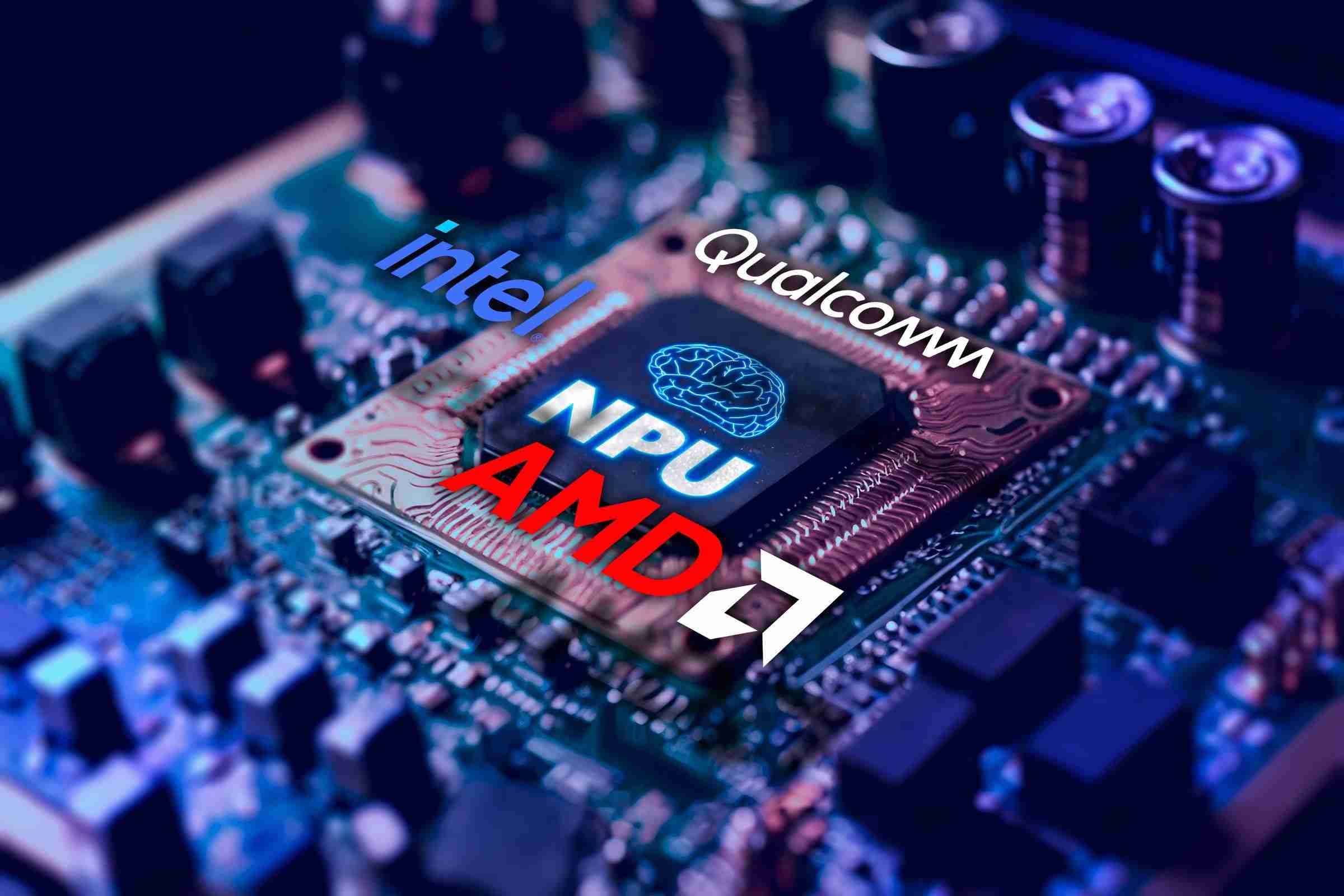
As for ARM CPUs, they offer some notable benefits in terms of power efficiency, but their general lack of support for many older programs (or just programs in general) in Windows doesn't make them an ideal candidate for everyone.
Next is the GPU. Integrated GPUs vary in performance but are usually tied to the CPU, so upgrading your CPU often means getting a slightly better integrated GPU as well. However, if you're a gamer or a creative professional, you should look for a laptop with a dedicated GPU. These laptops are more expensive, but they offer significantly better performance for graphics-intensive tasks.
As for RAM, I believe that 16GB should be the minimum for a modern laptop these days. 8GB might be enough if you only need to run a few web browser tabs at a time and don't plan to multitask or play any demanding games. 32GB or more is a bit overkill for most people, but if you work with large files, do a lot of multitasking, or just want to future-proof your system, it's worth paying extra (particularly if the laptop doesn't have upgradeable RAM).
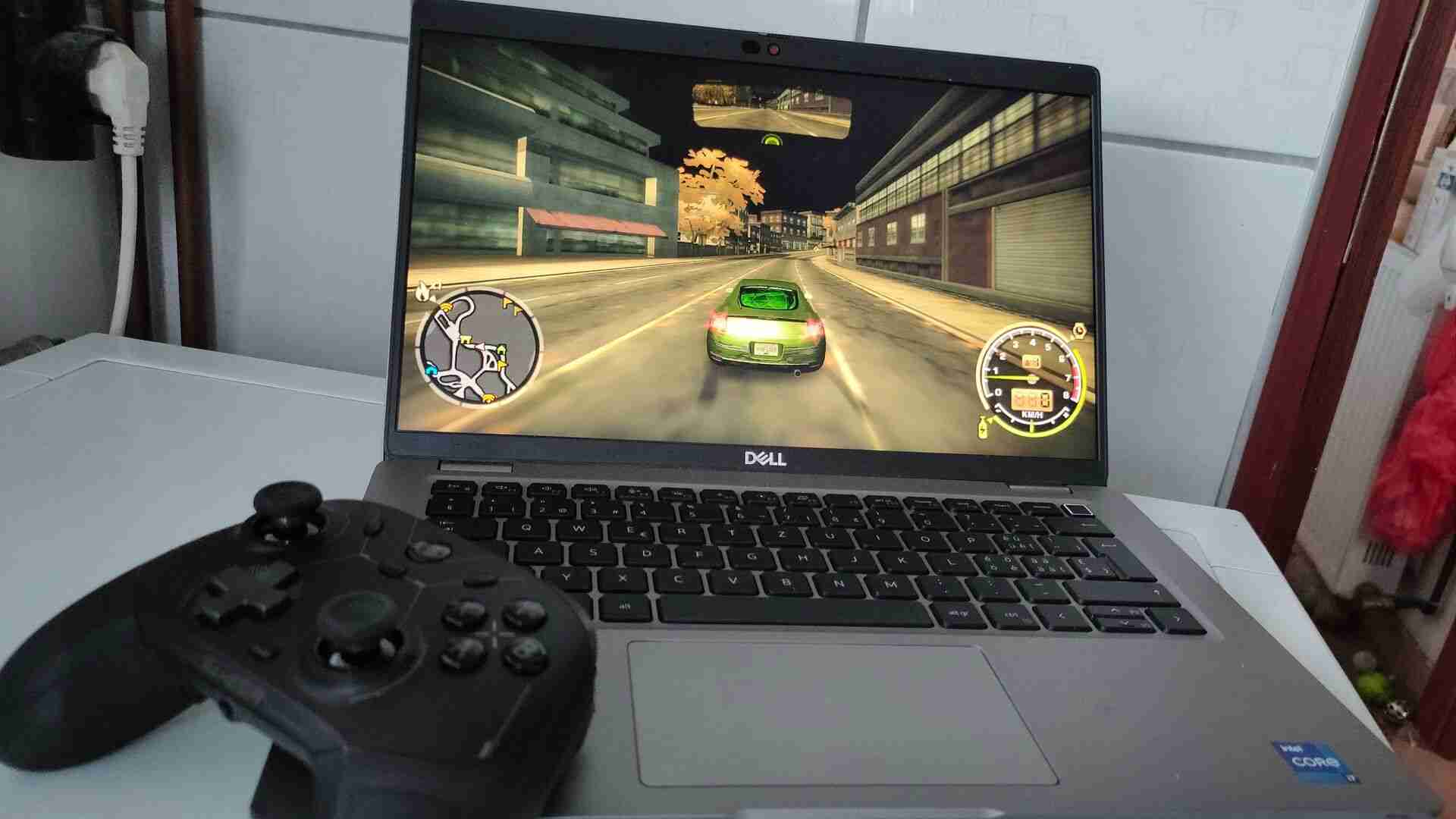 Related
Related I Upgraded My Laptop’s RAM, the Performance Boost Wasn’t What You’d Expect
I thought I'd get snappier web browsing but got better gaming performance instead.
7Storage is another important consideration. While many laptops use standard M.2 NVMes these days, it might be worth paying a bit more now to get more storage. Personally, I don't store a lot of files on my laptop, so I find even 256GB to be more than enough, but your mileage may vary.
The last and often-overlooked factor is the display. It’s one of the most expensive components in a laptop, yet units with vastly different panels can share the same model name.
Take the Lenovo ThinkPad X1 2-in-1 Gen 10 Intel (14″) Aura Edition I mentioned earlier. While all variants include a touchscreen, some models come with a more basic 1920×1200, 60Hz, 100% sRGB IPS display, while the higher-end versions feature a much better 2880×1800, 120Hz, 100% DCI-P3 HDR500 OLED panel.
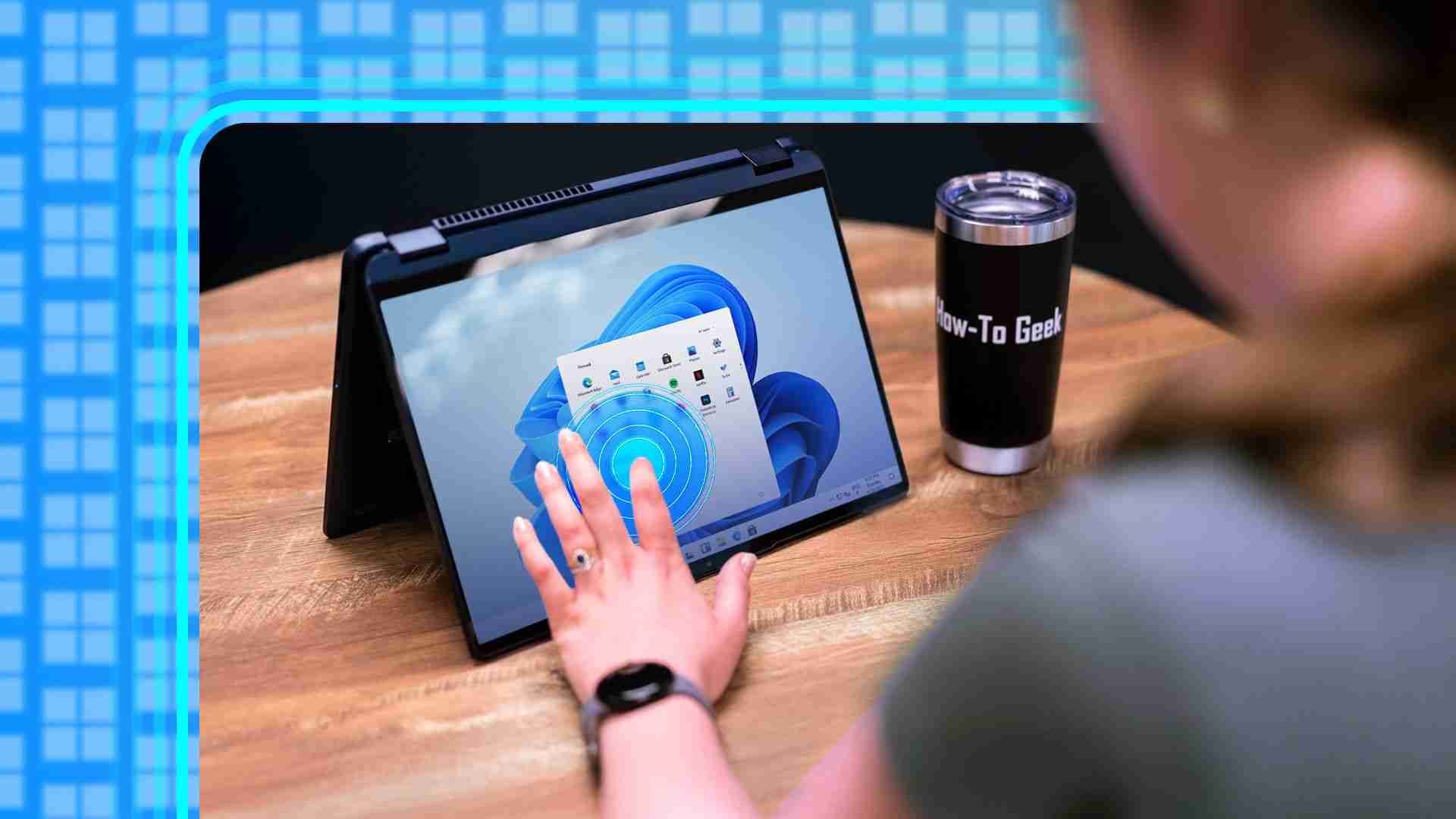 Related
Related I’ll Never Buy a Laptop Without This Feature
My laptop screen is always covered in fingerprints, but I wouldn’t have it any other way.
3If you're aware of the image quality advantages of OLED and higher refresh rates, you'll understand that these two panels are in entirely different leagues and definitely shouldn't use the same laptop model name, even if the overall design and power are similar.
Other Features to Consider
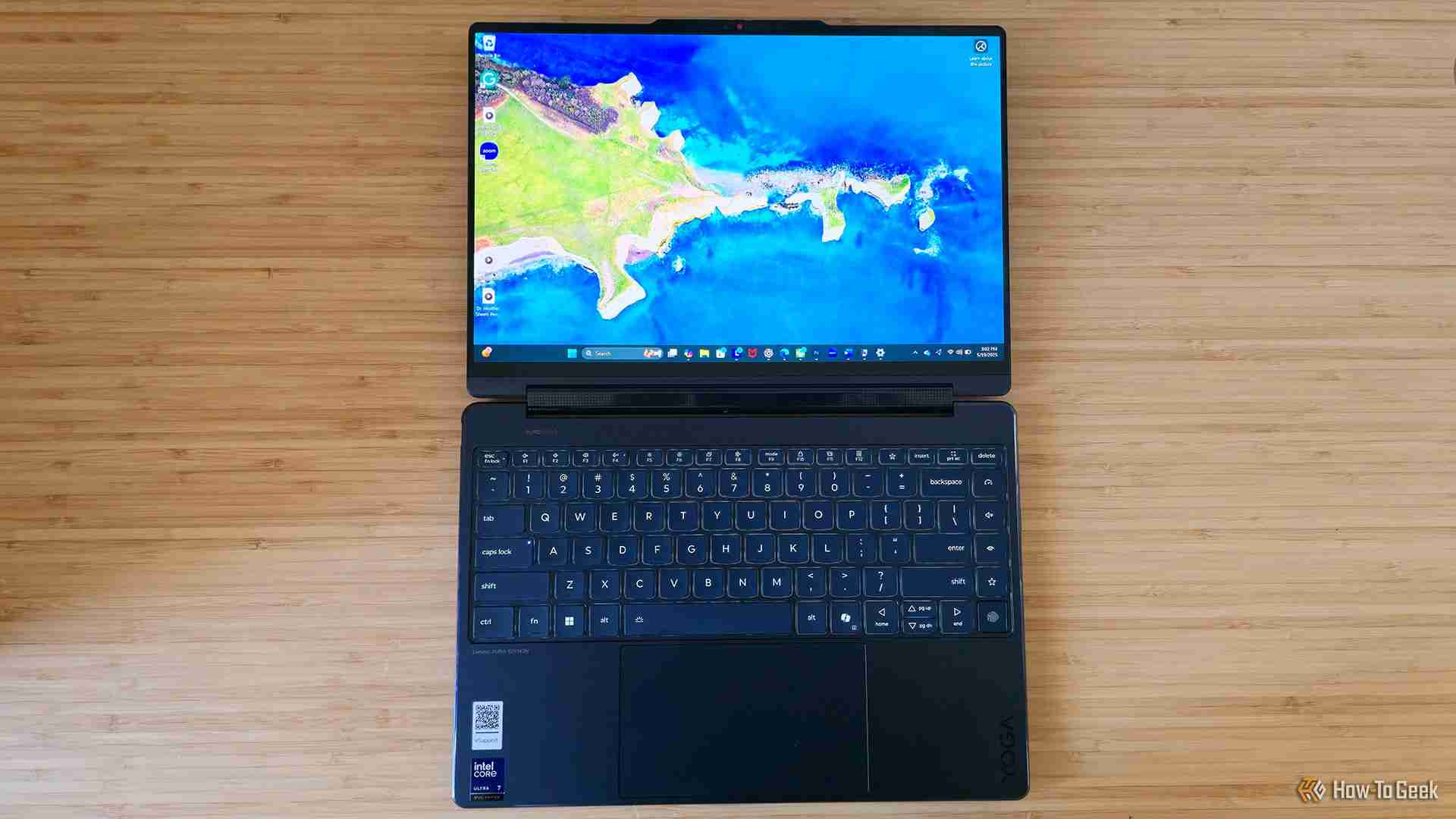
While the main specs play a big role in choosing a laptop, they're only one part of the equation. There are numerous other features that you should look for when buying a laptop. I have a whole list of must-have laptop features, which includes things like a bright touchscreen display, fast charging, and an expansive I/O.
That said, your priorities might look completely different. Maybe you care more about ultra-lightweight portability or a decent webcam and integrated microphone for conference calls on the go. If you're a photographer, you might need an integrated SD card slot and multiple Thunderbolt ports for ultra-fast file transfers. If you work outdoors or in a workshop, a rugged laptop is essential.
Ultimately, it all comes down to your specific needs. Figure out which features matter most to you before you start shopping.
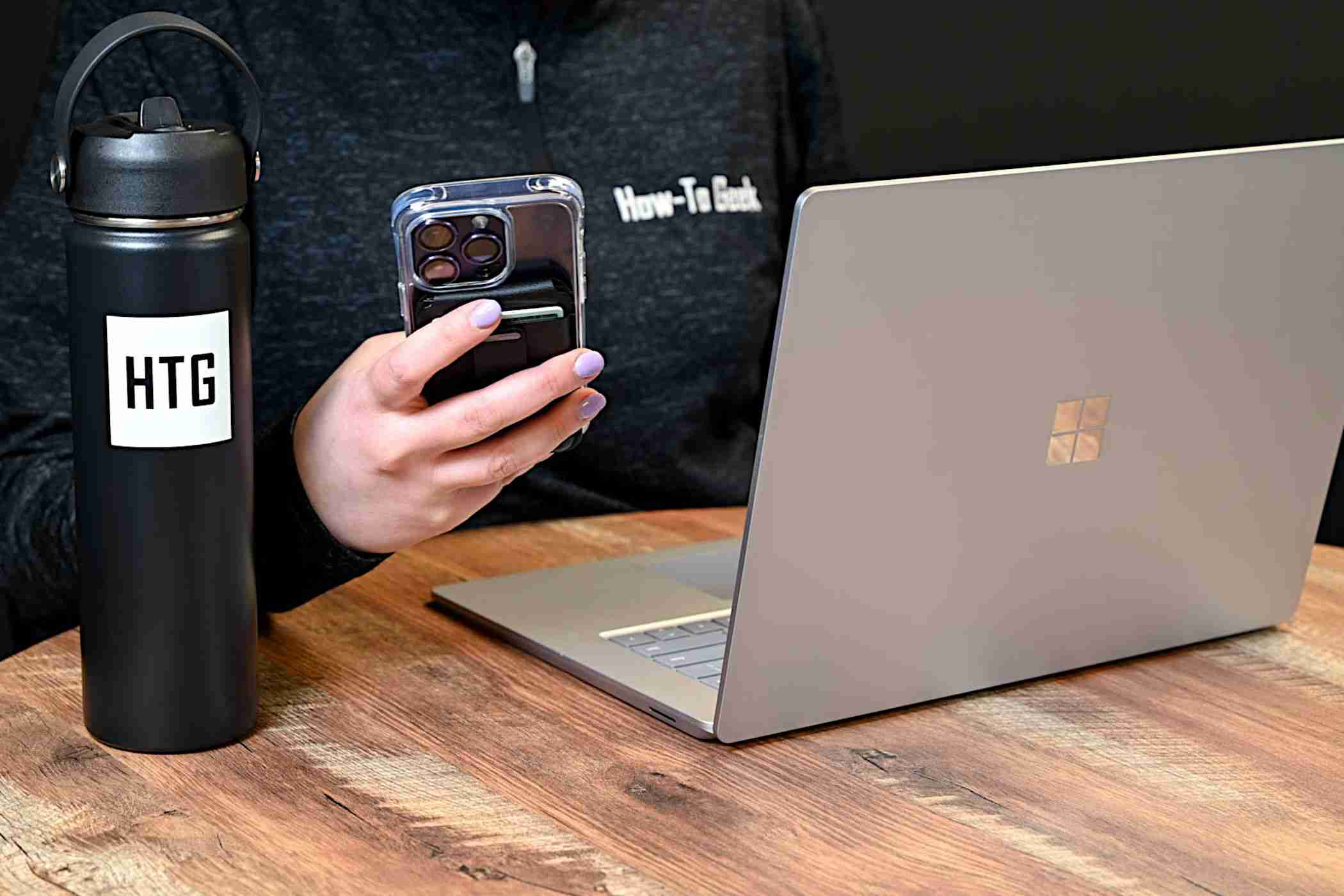 Related
Related The Best Budget Laptops of 2025
You can still get a great laptop on a budget, if you're willing to sacrifice a few features.
Laptop Model Codes Aren’t Entirely Useless
The last thing I want to leave you with is a few practical tips for your laptop shopping. Let's circle back to the topic of discussion here—those confusing laptop model names. To find them, check the manufacturer's product page carefully to find it. Lenovo puts them under "Part Number," but you might also find it under "Model," "Order Code," or even the URL of the specific unit.
Once you have the exact model code of the laptop you want, use it to cross-shop across different online retailers. This ensures you’re comparing the same configuration, and you won't get misled by variation listings.
If you only use the laptop's model name instead of the code, you might get excited about finding a $1,500 laptop on sale for $1,000—only to realize it's a lower-spec version with half the RAM and no OLED display.
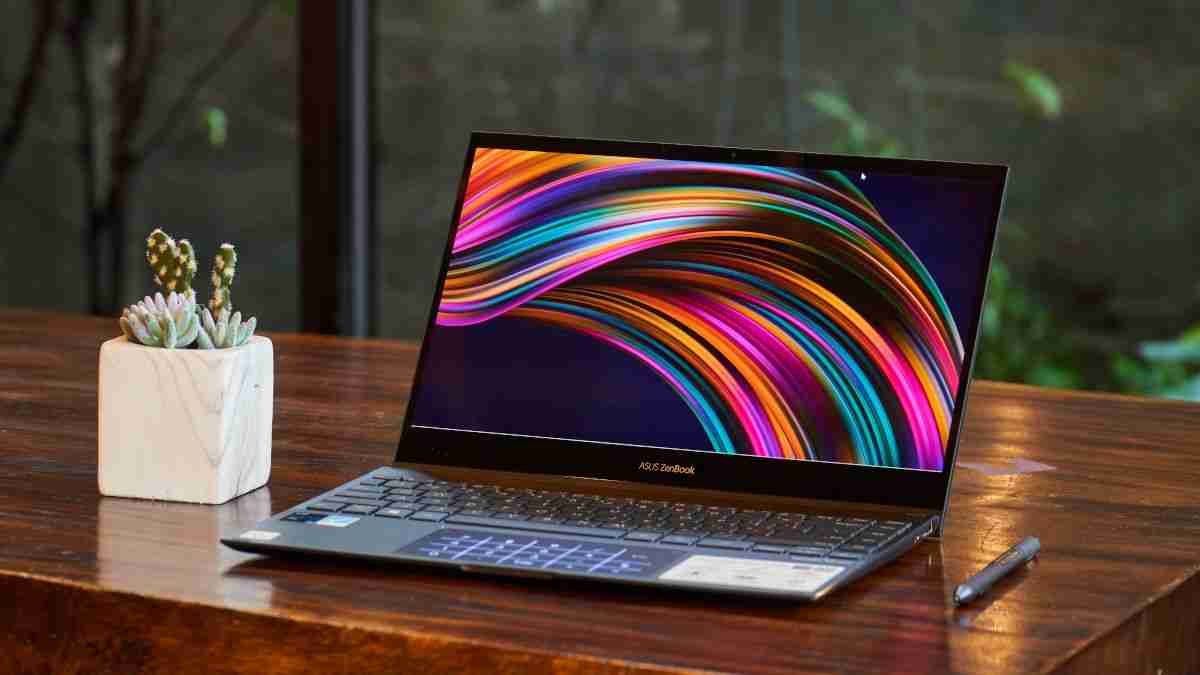 Related
Related Should You Buy an OLED laptop?
OLED laptops are now more affordable and are growing in popularity, but there are both pros and cons to this technology.
If you're buying a used laptop, figuring out the exact specifications based on the model name will be almost impossible. Ask the seller to tell you the model code (usually found on a sticker on the bottom) or the exact laptop specifications before buying it.
 Related
Related Stop Buying Cheap Laptops, Save Money By Doing This Instead
Ultra-cheap laptops shouldn't even exist.
14Although laptop model names and their accompanying codes can feel like a jumbled mess, now that you understand how they work, you can use them to your advantage when shopping. While the alphanumeric codes may not mean much on their own, you can still use them to identify the specifications of a laptop beyond just the marketing name the manufacturer provides.
The above is the detailed content of You Can Ignore Laptop Names, Focus on This Instead. For more information, please follow other related articles on the PHP Chinese website!

Hot AI Tools

Undress AI Tool
Undress images for free

Undresser.AI Undress
AI-powered app for creating realistic nude photos

AI Clothes Remover
Online AI tool for removing clothes from photos.

Clothoff.io
AI clothes remover

Video Face Swap
Swap faces in any video effortlessly with our completely free AI face swap tool!

Hot Article

Hot Tools

Notepad++7.3.1
Easy-to-use and free code editor

SublimeText3 Chinese version
Chinese version, very easy to use

Zend Studio 13.0.1
Powerful PHP integrated development environment

Dreamweaver CS6
Visual web development tools

SublimeText3 Mac version
God-level code editing software (SublimeText3)

Hot Topics
 How to remove password from Windows 11 login
Jun 27, 2025 am 01:38 AM
How to remove password from Windows 11 login
Jun 27, 2025 am 01:38 AM
If you want to cancel the password login for Windows 11, there are three methods to choose: 1. Modify the automatic login settings, uncheck "To use this computer, users must enter their username and password", and then restart the automatic login after entering the password; 2. Switch to a passwordless login method, such as PIN, fingerprint or face recognition, configure it in "Settings>Account>Login Options" to improve convenience and security; 3. Delete the account password directly, but there are security risks and may lead to some functions being limited. It is recommended to choose a suitable solution based on actual needs.
 I Became a Windows Power User Overnight With This New Open-Source App from Microsoft
Jun 20, 2025 am 06:07 AM
I Became a Windows Power User Overnight With This New Open-Source App from Microsoft
Jun 20, 2025 am 06:07 AM
Like many Windows users, I am always on the lookout for ways to boost my productivity. Command Palette quickly became an essential tool for me. This powerful utility has completely changed how I interact with Windows, giving me instant access to the
 How to uninstall programs in Windows 11?
Jun 30, 2025 am 12:41 AM
How to uninstall programs in Windows 11?
Jun 30, 2025 am 12:41 AM
There are three main ways to uninstall programs on Windows 11: 1. Uninstall through "Settings", open the "Settings" > "Apps" > "Installed Applications", select the program and click "Uninstall", which is suitable for most users; 2. Use the control panel, search and enter "Control Panel" > "Programs and Functions", right-click the program and select "Uninstall", which is suitable for users who are accustomed to traditional interfaces; 3. Use third-party tools such as RevoUninstaller to clean up more thoroughly, but pay attention to the download source and operation risks, and novices can give priority to using the system's own methods.
 How to run an app as an administrator in Windows?
Jul 01, 2025 am 01:05 AM
How to run an app as an administrator in Windows?
Jul 01, 2025 am 01:05 AM
To run programs as administrator, you can use Windows' own functions: 1. Right-click the menu to select "Run as administrator", which is suitable for temporary privilege hike scenarios; 2. Create a shortcut and check "Run as administrator" to achieve automatic privilege hike start; 3. Use the task scheduler to configure automated tasks, suitable for running programs that require permissions on a scheduled or background basis, pay attention to setting details such as path changes and permission checks.
 Windows 10 KB5061087 fixes Start menu crash, direct download links
Jun 26, 2025 pm 04:22 PM
Windows 10 KB5061087 fixes Start menu crash, direct download links
Jun 26, 2025 pm 04:22 PM
Windows 10 KB5061087 is now rolling out as an optional preview update for those on version 22H2 with Start menu fixes.
 Windows 11 Is Bringing Back Another Windows 10 Feature
Jun 18, 2025 am 01:27 AM
Windows 11 Is Bringing Back Another Windows 10 Feature
Jun 18, 2025 am 01:27 AM
This might not be at the top of the list of features people want to return from Windows 10, but it still offers some usefulness. If you'd like to view the current minutes and seconds without turning on that display in the main taskbar clock (where it
 Microsoft: DHCP issue hits KB5060526, KB5060531 of Windows Server
Jun 26, 2025 pm 04:32 PM
Microsoft: DHCP issue hits KB5060526, KB5060531 of Windows Server
Jun 26, 2025 pm 04:32 PM
Microsoft confirmed that the DHCP server service might stop responding or refuse to connect after the June 2025 Update for Windows Server.
 Building Your First Gaming PC in 2025: What You Actually Need
Jun 24, 2025 am 12:52 AM
Building Your First Gaming PC in 2025: What You Actually Need
Jun 24, 2025 am 12:52 AM
In the past, I always viewed the i5 lineup as anemic when it came to gaming. However, in 2025, a mid-range CPU is more than enough to start your gaming journey. Many games still don’t fully utilize multi-core performance as well as they could, so






